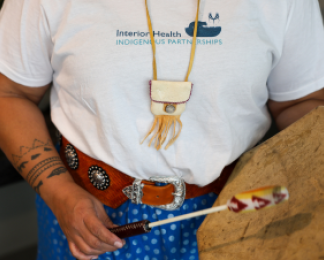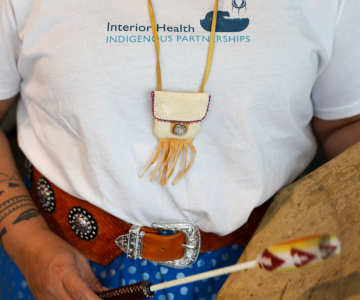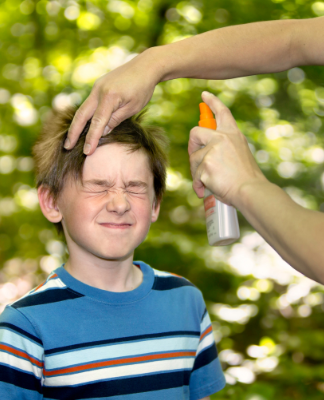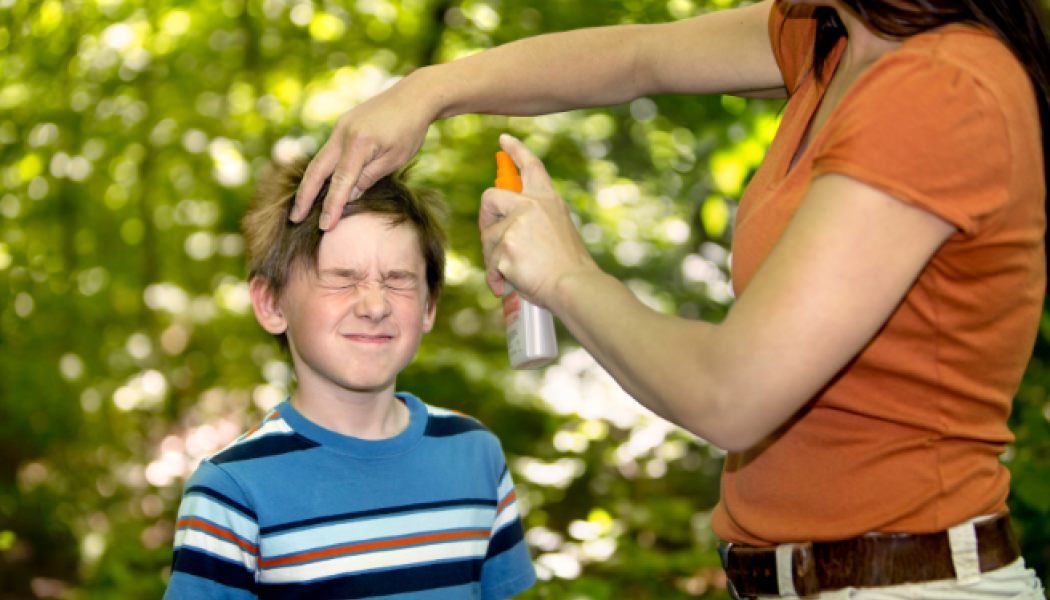People receive a lot of UV exposure and attention from mosquitoes during the summer. Sunscreen and bug repellent serve as effective layers of protection but it’s important to ensure you’re using them properly to maximize that protection. This post contains helpful tips from HealthLink BC.
Choose the right sunscreen & how to apply
Sunscreens come in lotions, gels, ointments, and sprays.
Which sunscreen to choose
- Choose a sunscreen that has a sun protection factor (SPF) of 30 or higher
- Make sure the label says “broad-spectrum” – meaning it protects the skin from ultraviolet A and B rays
- Use lip balm that has SPF of 30 or higher to protect your lips
How to apply sunscreen
- Apply the sunscreen at least 15 to 30 minutes before going in the sun
- Apply sunscreen to all the skin that will be exposed to the sun, including the nose, ears, neck, scalp, and lips. Sunscreen needs to be applied evenly over the skin and in the amount recommended on the label. Most sunscreens are not completely effective because they are not applied correctly. It usually takes about 30 mL (1 fl oz) to cover an adult's body.
- Apply sunscreen every two to three hours while in the sun and after swimming or sweating a lot. The SPF value decreases if a person sweats heavily or is in water, because water on the skin reduces the amount of protection the sunscreen provides.
Bug repellent guidelines & tips
Insect repellent is a spray or liquid that helps keep mosquitoes (and other biting insects) from landing on and biting your skin. DEET is a common active ingredient in many insect repellents. DEET is very safe when used according to the directions on the label.
Guidelines for using DEET safely
- Infants less than six months: Do not use insect repellents that contain DEET.
- Children six months to two years: If they live or travel in areas with high risk of complications from mosquito-borne illnesses, one application per day of repellent containing 10 per cent or less of DEET can be considered. Use sparingly and do not apply to the face or hands.
- Children two to 12 years: Use repellent with 10 per cent or less DEET. Do not apply more than three times/day and do not apply to the face or hands.
- Children over 12 years and adults: Use insect repellent containing 30 per cent or less DEET.
Tips for applying insect repellents
- Use products with a Health Canada Pest Control Product (PCP) registration number
- Choose a repellent that provides protection for the number of hours you will be outside
- Never use a product labelled ‘insecticide’ on your body
- Avoid breathing in spray or mist and never apply inside a tent
- When using sunscreen, apply the repellent 15-30 minutes after the sunscreen.
- Apply the repellent on exposed skin or on top of clothing – not under clothing.
Read more in our Summer Safety series


In the 5 years since the In Plain Sight report was released, we’ve made strides towards being a culturally safe organization—but there’s more work to do.
/stories/ihs-fifth-plain-sight-response-supports-reconciliation


Inspired by her aunt’s career as a pharmacist, Angela became a pharmacy technician to use the hands-on aspect of compounding to benefit patient care.
/stories/we-are-ih-pharmacy-tech-enjoys-problem-solving-patients


Souper Meals brings students together once a week over locally made soup, fresh fruit, veggies and buns, all free of charge.
/stories/more-soup-benefits-universal-school-lunch-program


With decades of experience rooted in compassion and commitment to children’s health, Dr. Jeff Wong is carving a path for pediatric care at Kelowna Hospital.
/stories/dr-jeff-wong-leads-kelowna-pediatric-department-forward


The holidays season offers opportunities to drink alcohol, and it can be easy to overindulge. Get tips on how you can drink less - and live more.
/stories/holiday-spirit-tips-drinking-moderation-season


With the support of her mentors and coworkers, Niomi Wright found her true health-care calling as a care aide at Mountain View Lodge in Lillooet.
/stories/we-are-ih-care-aide-recognizes-value-mentors-and-colleagues
STAY CONNECTED
Receive news, alerts, public service announcements and articles right to your inbox.



